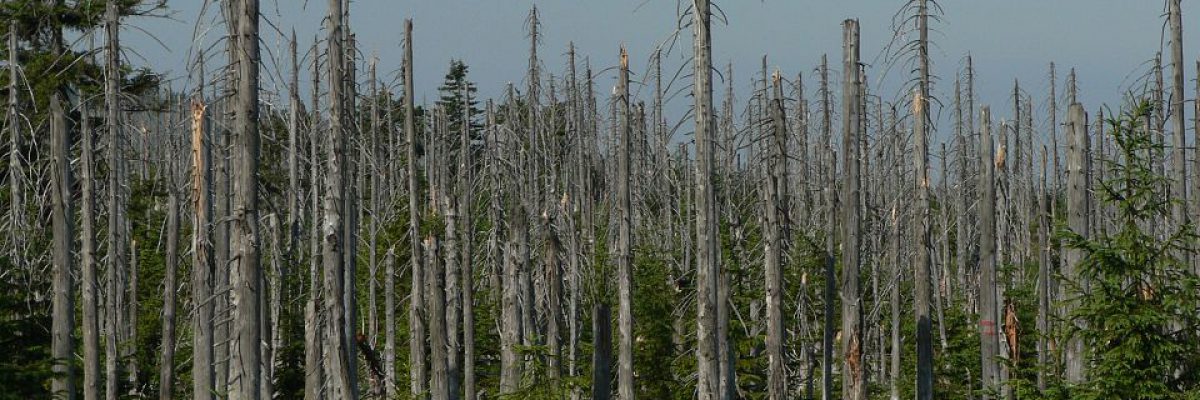Acid rain, is a rain that is below pH 5.6 which is the acidity of normal rain. The rainwater dissolves CO2 in the atmosphere, making the rain acidic. Pollutants, especially those emitted from power plants, automotive engines and refineries, generate high acidity rain. In industrial centers, rain can reach PH 3. The acid rain also contains sulfur dioxide SO2 nitrogen oxides, NOX, carbon monoxide CO and more.
Acid rain causes damage to the vegetation, and its effect is evident mainly near the forests. Acidity can damage organic matter found in soil, bacteria and animals, mainly from the insect family. Damage evident also in limestone buildings, glass and metal structures.
In the US, it is estimated that cross-country acidic rain has severely affected wheat, soy, corn, peanut crops.
Acid rain has a deadly effect on fish. This rain causes the rinsing of aluminum from clay soils to rivers and lakes. The aluminum is absorbed in the fish and causes their deaths. In Sweden, fish have been sampled on 4,000 lakes and there is considerable damage, especially in the ability to breed a new offspring. In addition, the destruction of forests and animals living inside the soil.
Photo from Wikipedia.




